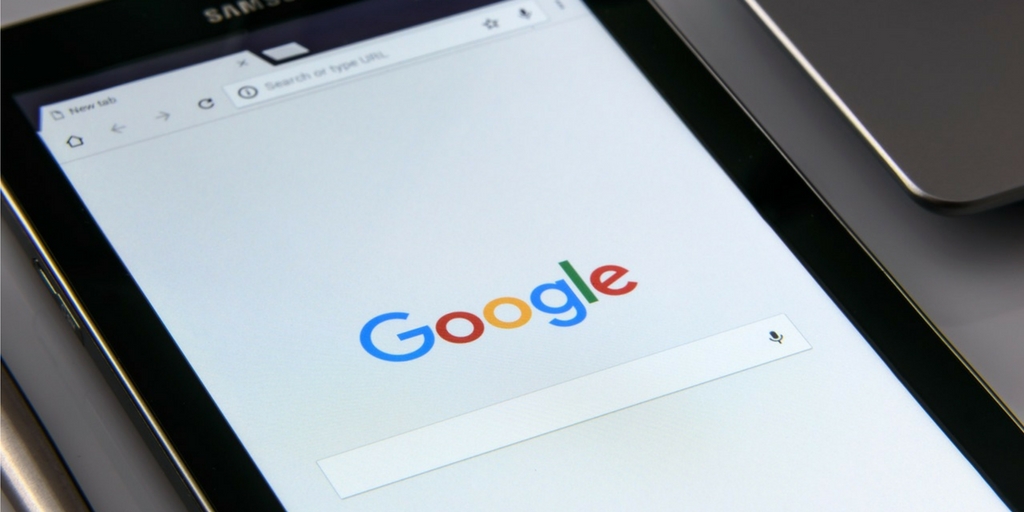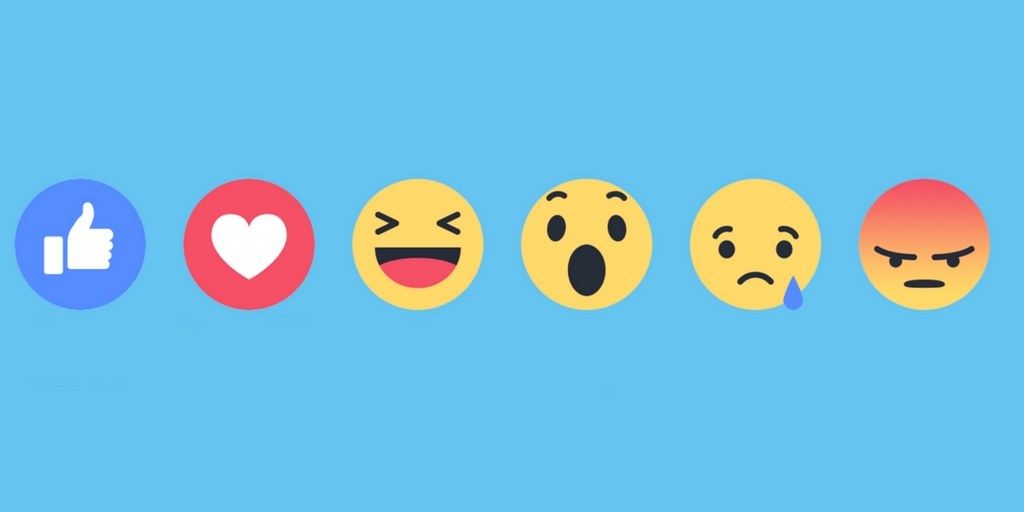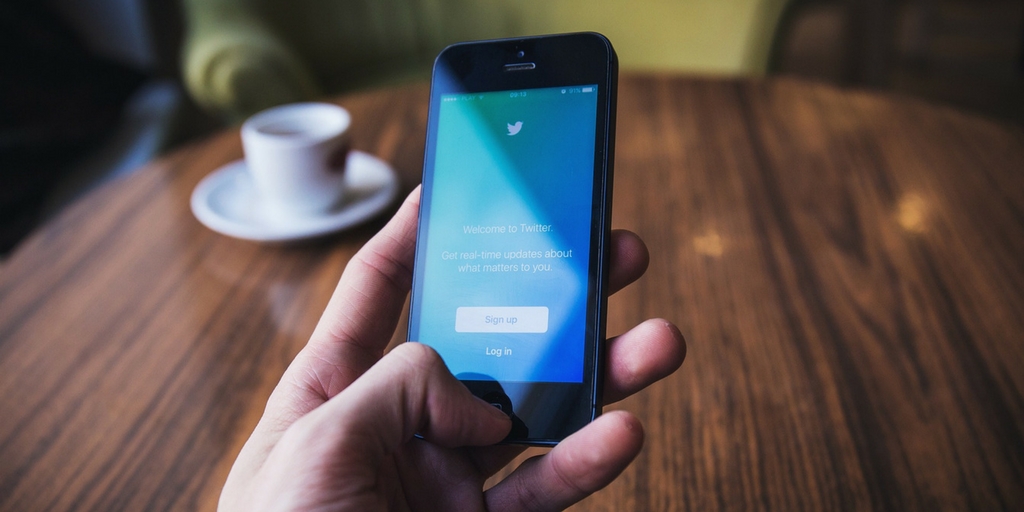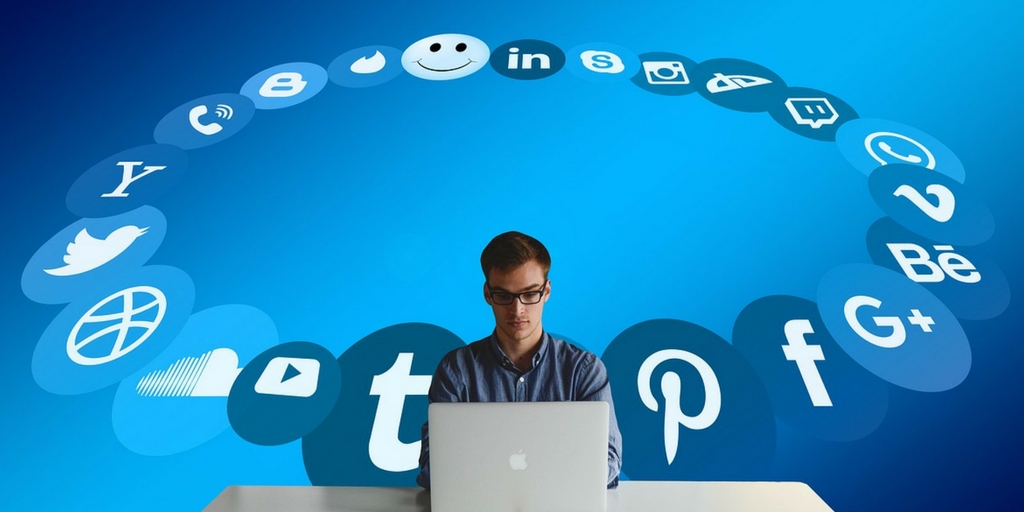
by Fronetics | Apr 27, 2017 | Blog, Content Marketing, Marketing, Social Media, Supply Chain
In April’s social media news, changes are coming down the pike for Google, LinkedIn, Facebook, and Instagram.
April has been an interesting month for social media news. Google, LinkedIn, Facebook, and Instagram all announced changes to their core products that will affect businesses using these platforms for social engagement and/or advertising.
Make sure you’re following our blog and/or social media pages to get our monthly updates on changes that may affect your social marketing program.
Google may be rolling out ad blocker for Chrome
Although its business model largely depends on advertising, Google is considering putting a stop to ads that are ruining users’ experiences. A potential ad-blocking feature on its Chrome browser would identify unacceptable ads based on standards set by the Coalition for Better Ads in March. Google could roll out this new feature in the next few weeks or choose not to move ahead with it at all — either way, the company is declining to comment.
LinkedIn introduces trending storylines
Storylines are now bringing user interests and the most important stories in their industries to the daily newsfeed. The algorithm includes several perspectives, such as “relevant influencers and news publishers to people in your network.” Each storyline also has a unique hashtag associated with it, so users can join in on the conversation and expand their networks based on common interests.
Facebook is moving closer to virtual reality
At the F8 developer conference, Facebook announced the release of Facebook 360 Capture SDK, a toolkit that makes it easier to capture and share virtual reality video. The ‘Book’s engineers are calling this new process “cube mapping,” which is more efficient and has better image quality than standard 360 video. “We look forward to seeing VR 360 selfies, experiences, e-sports, and more—all in 360,” said Facebook product developers in a mid-April blog post.
Instagram launches offline browsing
Instagram currently downloads images on the fly, querying parent company Facebook’s servers for new content when the app is launched. The updated app, however, will tap a cache instead. It will store any browsed images and will automatically update when internet becomes available. Users will also be able to write comments, like and save photos, and unfollow and follow anytime, as Instagram will queue offline actions to execute when next online.
Facebook Stories expands globally
Facebook Stories are short, user-generated picture and video collections that disappear within 24 hours. Users can add different filters and overlays to content using the in-app camera. A simultaneous messenger update, called Direct, allows users to send photos and videos that disappear after a short time to friends. This popular Snapchat-like format has proven very successful on Instagram, which now boasts more than 150 million Stories users across the globe.
Related posts:


by Fronetics | Mar 27, 2017 | Blog, Content Marketing, Marketing, Social Media, Supply Chain
Here are the major headlines happening in social media news, specially curated for the supply chain, as of March 2017.
It’s not easy keeping pace with the latest happenings in the constantly evolving social media landscape — but it’s a must for your business. To help keep you up to date, here’s our monthly rundown of social media news for the supply chain.
Facebook algorithm ranks reactions higher than likes
Facebook announced earlier this month that it has tweaked its algorithm so that reactions “will affect post ranking slightly more than Likes.” The company cited its finding that reactions are an “even stronger signal” of what content users would like to see, but clarified that all reactions will continue to be weighed equally to one another.
YouTube introduces YouTube TV
After last month’s expansion of mobile live streaming and launch of super chat, the video juggernaut has now introduced YouTube TV, “with about 40 networks onboard to stream their live broadcasts and cable feeds to its subscribers.” The company and participating networks are set to sell ad inventory and share revenue, and the service will be based on subscriptions.
Google launches Meet by Google Hangouts
This one could be big for your business’ internal operations. Meet by Google Hangouts is a new video conferencing application designed for HD video meetings, joining Google’s lineup of business products known as G Suite. The product is “aimed at making it easy to access these calls while on the go, including dial-in numbers for those who are traveling, links you can join with just a click, and integration with Gmail and Calendar for G Suite users.”
Facebook globally launches Messenger Day
The company has launched a new way to share photos and videos “as they happen” in the Messenger app. Be sure to check out this Social Media Examiner post on how to use this new feature to market your business.
Twitter introduces analytics for Twitter Moments
The company has announced that analytics for Moments are now available to all Twitter users, allowing publishing partners and brand advertisers to track their content’s performance and gather insights on post interaction.
LinkedIn adds profile photo filters and editing tools for mobile
LinkedIn has introduced “a quick and easy way to enhance” profile photos with editing and filters right in its mobile app. Users can now “crop and edit the brightness, contrast, saturation, and vignette,” as well as choose from filters to enhance their profile photos.
Related posts:

by Fronetics | Mar 14, 2017 | Blog, Content Marketing, Marketing, Social Media, Strategy
Keep these best practices in mind when determining how often to post to social media.
Creating valuable, relevant content in a strategic and consistent manner creates demand for your products and services and drives profitable customer action. But as BuzzFeed’s Jonathan Perelman said, “Content is king, but distribution is queen and she wears the pants.”
It’s not enough to just create interesting and pertinent content; you have to put it out there to reach your target audience. Moreover, the content needs to be delivered consistently over time, at the right time, and in the right place.
With social media networks changing daily, it’s hard to keep up with where to distribute content, much less how often. Countless studies have attempted to solve the social-media-frequency equation. And while audiences vary across industries, best practices give us some general guidelines.
Here’s our assessment of social media posting frequency.
Twitter: 40 per day*
*Big caveat here: 40 tweets per day is what we’ve found works for us and most of our clients. Let me explain.
Socialbakers suggests that posting to Twitter three times per day is the ideal frequency for brands. Buffer posts to Twitter 14 times per day. Fronetics happens to tweet 40 times per day. So last spring, after seeing the Socialbakers and Buffer stats, we conducted a month-long experiment to see how dropping our posting frequency closer to their benchmarks would affect our engagement.
As we’ve written about before, it wasn’t pretty. We confirmed that our engagement, web traffic, lead generation, and other key performance indicators are at optimal levels when we tweet 40 times per day.
Your company, or your marketing partner, should conduct due diligence and determine what the right frequency is for your business. Yes, you may realize a significant decline in engagement in ROI during your experiment. On the other hand, you may realize an increase in engagement and ROI — captured with lower output in terms of time and resources.
Facebook: 1 per day
Most companies find that posting 1 time per day is their sweet spot for most social media networks. Facebook is no exception: The network’s algorithm values quality over quantity, so the more engaged your followers are with your content, the more likely they are to see your posts. This also means that posting content that does not facilitate engagement can actually decrease the likelihood that followers will see your posts.
One sure way to encourage disengagement is by overwhelming your audience. We all have that friend or company we follow that posts too much — don’t be like that person.
Remember that the lifespan of a Facebook post (about 5 hours) is significantly longer than that of a tweet. So you don’t need to provide a constant stream of content to get your audience’s attention. Your focus should be distributing the most relevant, interesting content you can, at a time when most of your audience will be on Facebook.
Instagram: 1-2 per day
There’s an unwritten rule among Instagramers that a user shouldn’t post more than once per day. We generally agree for the same reason we don’t think brands should post more than once a day to Facebook: Don’t overwhelm your audience because the lifespan of your posts is pretty long. In fact, a Union Metrics study found that many Instagram posts continue to receive engagement for days — even weeks — after posting.
Most brands end up posting 11-20 posts per month. If you focus on compelling images with strategic messages, that’s probably a good benchmark to stick with. It’s important to note, however, that another Union Metrics study suggests posting consistency is more important than frequency. Again, taking the time to test the Instagram posting frequency that works best for your business is a worthwhile endeavor.
LinkedIn: 1 per day
A more formal and technical social media network, consider LinkedIn a platform for business-related content. Don’t post here more than once per day — and consider posting only during the workweek. Many professionals don’t check LinkedIn on the weekends, and your content could easily be missed.
Buffer reports that posting 20 times per month (once a workday) allows companies to reach 60% of their audience. To provide the most value for your LinkedIn followers, content should be less promotional and more heavily focused on industry-wide trends and insights.
At the end of the day, optimal posting frequency for your company rests heavily on the audience you want to reach. Experimenting with different social media networks and posting frequencies will give you greater insight into your ideal distribution approach. With these best practices as a guide, let your own analysis be your guide. Maintaining a dynamic and fluid posting strategy will ensure that your social efforts drive followers to action, rather than drive them away.
Related posts:

by Fronetics | Feb 23, 2017 | Blog, Marketing, Social Media, Supply Chain
Here’s what supply chain and logistics marketers need to know about recent social media news as of February 2017.
Staying on top of what’s happening in the ever-changing social media world is crucial, but can be a challenge. To keep you informed of some key developments, here’s our February 2017 edition of social media news for the supply chain.
Facebook shares Q4 and full-year 2016 earnings and community updates
Facebook announced that it now has nearly 1.9 billion users, including 1.2 billion people active every day. More than 65 million small businesses use Facebook as a marketing tool. Zuckerberg emphasized to investors that the company is committed to “putting video first across [its] family of apps and making it easier for people to capture and share video in new ways.”
LinkedIn adds option to disable comments on long-form articles
The site now allows publishers to manage comments on individual long-form articles “at any time.” LinkedIn plans to add the option to turn off comments on all posts “soon.” Publishers can now also report, flag, or hide abusive or offensive comments. Read more
Facebook algorithm updates geared to show more authentic and timely stories
Updates rolled out this month are intended to prioritize “more authentic and timely” content in the new feed. Posts and topics that are already getting “a lot of engagement” or “might be temporarily important to you” are getting a boost. Read more
Facebook extends lead ads to Instagram
Marketers can now run lead ads across both Facebook and Instagram placements. The company recommends that advertisers verify that the creative complies with Instagram’s design requirements for lead ads.
YouTube expands mobile live streaming and launches Super Chat
For creators with more than 10,000 subscribers, mobile live streaming is here, and other creators will have it “soon,” according to the company. YouTube also released Super Chat, “a new live stream monetization tool that lets any fan watching a live stream stand out from the crowd and get a creator’s attention by purchasing chat messages that are highlighted in bright colors and stay pinned to the top of the chat window for up to five hours.” Read more
Related posts:


by Fronetics | Jan 11, 2017 | Blog, Current Events, Marketing, Social Media
Learn about LinkedIn’s makeover, the parade of apps joining the live video trend, and more social media news for supply chain marketers.
As part of our ongoing series informing supply chain marketers about the latest updates and trends on social networking platforms, here is the January 2017 edition of social media news.
LinkedIn gets a new look
If you’ve signed onto LinkedIn lately and noticed everything looks a little different, you’ve experienced the new LinkedIn. The latest version should make it easier to find new contacts, interact with connections, and write posts, but it may take some getting used to. Social Media Examiner’s What Marketers Need to Know guide can help you navigate all the new features and organization.
Instagram rolls out live video
Following the massive success of Facebook Live, Instagram has introduced a live broadcasting tool within its Stories feature, now available for all U.S. users. Live videos disappear after they finish running. Reportedly, the Explore tab will feature a “top live” section so users can browse popular broadcasts as they are happening.
Twitter adds live broadcast feature
Twitter, too, joined the live video game by introducing #GoLive, powered by Periscope. Within the Twitter app for iOS or Android, users can tweet live video, while followers on Twitter and Periscope can join, comment on, and send hearts to the broadcast. Read more
Facebook introduces Live 360
Facebook announced the impending arrival of Live 360 for all Pages and Profiles sometime later this year. Combining the experiences of live broadcast with 360 video, the new feature will “[transport] people into new experiences — right as they happen.”
Twitter will pare down Vine to Vine Camera
Contrary to previous reports, Twitter will not completely shut down the video app Vine, but instead dress it down to a camera app called Vine Camera. Users will still be able to create 6-second looping videos and post them directly to Twitter or save them to their phones. Read more
Instagram introduces Saved Posts
Users of the Instagram 10.2 app for iOS or Android are now able to save posts from other users in their own private collections. Instagram has added a small bookmark icon on the bottom-right-hand side of each photo, which allows users to pin that image to their Saved Posts board. This board is not visible to other users, but individuals can access their Saved Posts at any time. Read more
Related posts:








